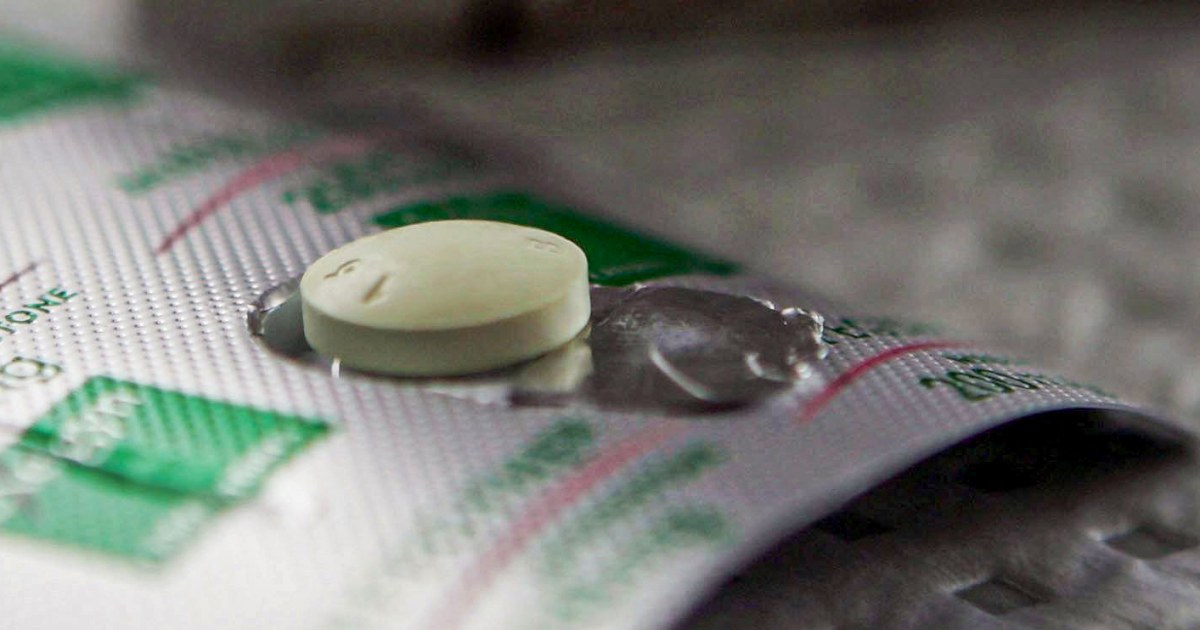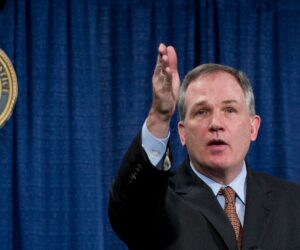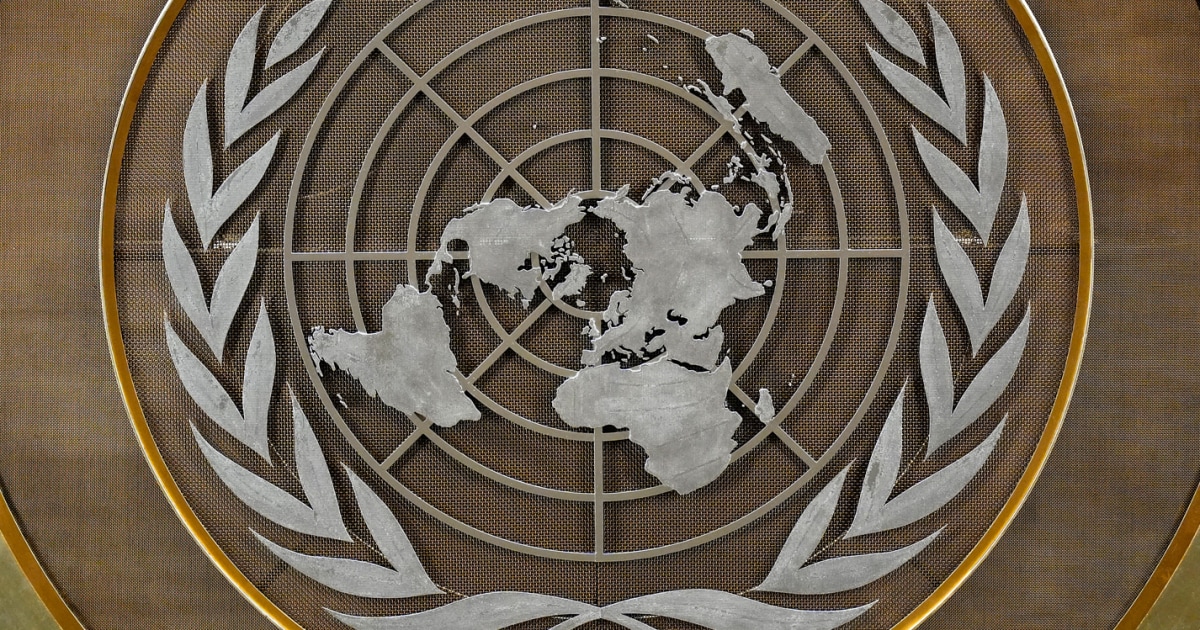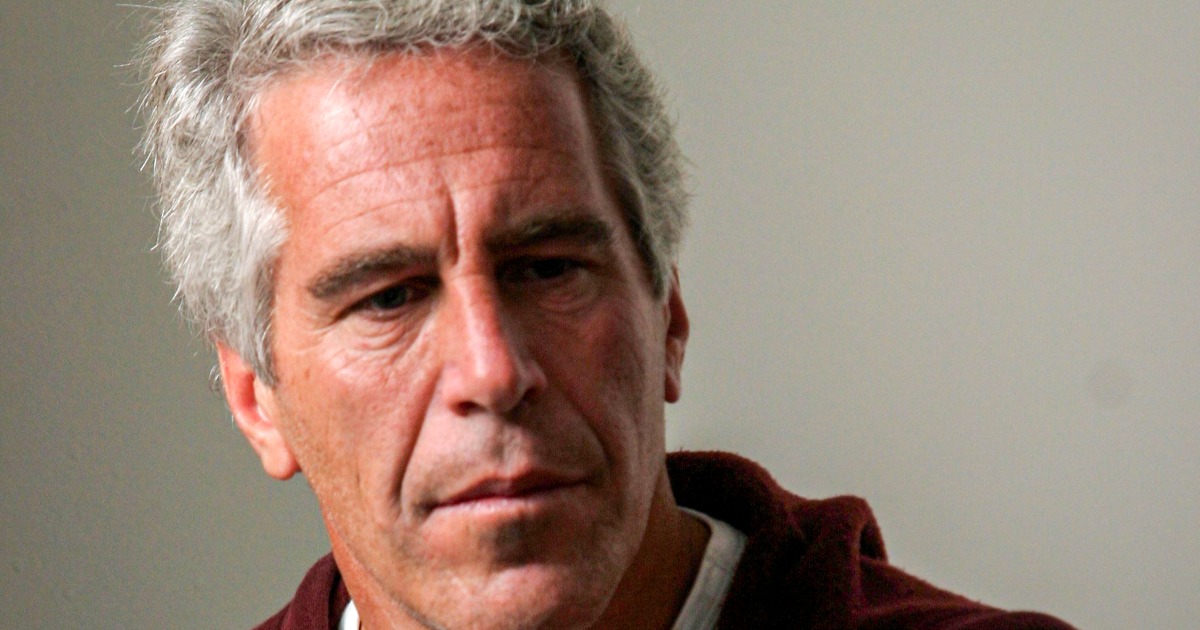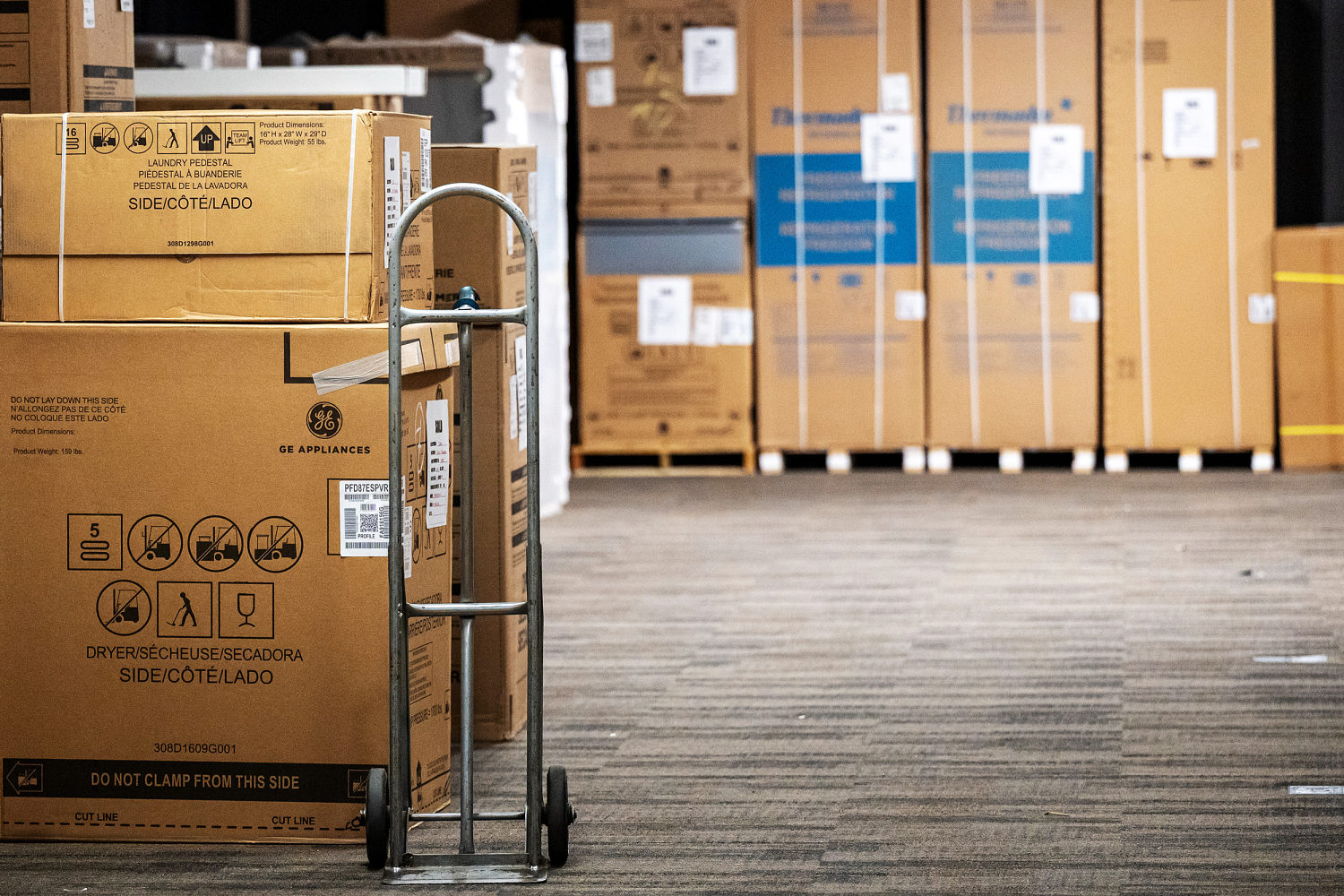
Fresh inflation data suggests businesses have begun to raise the prices they charge each other for goods and services, a sign they are looking to preserve their profit margins in the face of President Donald Trump’s tariffs — with consumers potentially footing the bill.
The Bureau of Labor Statistics said Thursday that wholesale inflation surged in July, with the increases led by a category called trade services. Those reflect how much more wholesalers charge above initial costs to maintain or even increase their earnings rate. The category increased 6.9% on the year in July, the largest gain since March 2022, when pandemic-era inflation began to soar.
“Businesses were hesitant to raise prices charged to consumers last month, but the prices they charge each other are rising faster, with big increases touching many categories of goods and services,” Bill Adams, chief economist at Comerica Bank, said in a note.
Thursday’s report stands in contrast to the consumer inflation report published earlier this week that showed a somewhat more subdued price growth picture. Analysts say the latest report on the costs that businesses are facing suggests consumers won’t be left unscathed for long — and throws some doubt on how and whether the Federal Reserve will adjust interest rates for the rest of the year.
Stocks were lower in trading Thursday as investors dialed back expectations for Fed rate cuts. When inflation is hot, the Fed tends to keep interest rates elevated to curb overall economic activity.
“The large spike in the Producer Price Index (PPI) this morning shows inflation is coursing through the economy, even if it hasn’t been felt by consumers yet,” Chris Zaccarelli, chief investment officer for Northlight Asset Management, said in a note. He called the high PPI number an “unwelcome surprise” that is “likely to unwind some of the optimism of a ‘guaranteed’ rate cut next month.”
A report this week suggested that while consumers are so far only paying approximately 22% of the cost of Trump’s tariffs, the figure is likely to rise to as much as 67% by the end of the year. Trump has disputed that forecast but, on Wednesday, a Goldman economist defended its estimates.
“If the most recent tariffs, like the April tariff, follow the same pattern that we’ve seen with those earliest February tariffs, then eventually, by the fall, we estimate that consumers would bear about two-thirds of the cost,” David Mericle said Wednesday on CNBC’s “Squawk on the Street.”
Some analysts were more sanguine about the report. Samuel Tombs, head of U.S. economics at Pantheon Macroeconomics, said the jump in the trade services category is likely to be revised lower in subsequent reports, while other aspects of the latest data are too volatile from which to draw conclusions.
“The tariffs are continuing to create cost pressures…but July’s PPI data overstate the intensity,” he wrote on X.
On Friday, the BLS will publish import price data for July, which will provide further insight into how tariffs costs are being absorbed.
“The administration believes that foreign manufacturers will ‘pay’ much of the tariff by accepting lower prices in order to maintain market share,” James Knightley, chief international economist at ING, said in a note. “Tomorrow will be an interesting test.”
The Labor Department also reported Thursday that unemployment claims remain elevated, though they declined compared to the previous week. Economists are now zeroing in on September’s jobs report from the Bureau of Labor Statistics, whose data has come under fire by Trump. His nominee, E.J. Antoni, whom he selected to head the agency after he fired its previous commissioner, Erika McEntarfer, must still be confirmed by the U.S. Senate.
Ultimately, Thursday’s inflation report “is a pebble on the scale against a rate cut at the Fed’s next decision in September,” Comerica’s Adams wrote. “Even so, the upcoming jobs data will weigh more heavily in the Fed’s decision making than this inflation report.”


